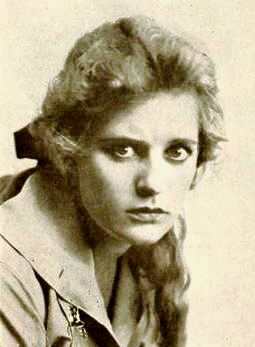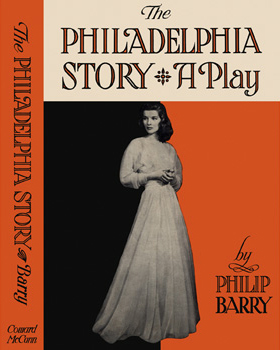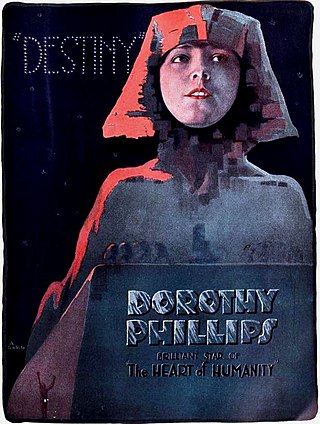Related Research Articles

Stanner E.V. Taylor was an American screenwriter and film director of the silent era. He wrote for more than 100 films between 1908 and 1929.

Fred C. Fishback was a film director, actor, screenwriter, and producer of the silent era. Following the 1921 scandal surrounding Roscoe Arbuckle, in which he was involved, Fishback worked mostly under the pseudonym Fred Hibbard.

Marie Walcamp was an American actress of the silent film era, often specializing in roles as an "action heroine" in serials, including Westerns. She often appeared with actor Eddie Polo.
United States copyright registrations, renewals, and other catalog entries since 1978 are published online at the United States Copyright Office website. Entries prior to 1978 are not published in the online catalog. Copyright registrations and renewals after 1890 were formerly published in semi-annual softcover catalogs called The Catalog of Copyright Entries (CCE) or Copyright Catalog, or were published in microfiche.

The Philadelphia Story is a 1939 American comic play by Philip Barry. It tells the story of a socialite whose wedding plans are complicated by the simultaneous arrival of her ex-husband and an attractive journalist. Written as a vehicle for Katharine Hepburn, its success marked a reversal of fortunes for the actress, who was one of the film stars deemed "box office poison" in 1938.
Keene Thompson was a story, scenario and screenwriter who worked in the film industry from 1920 to 1937.
W. Augustus Barratt was a Scottish-born, later American, songwriter and musician.

Gouverneur Morris IV (1876–1953) was an American author of pulp novels and short stories during the early 20th century.
Ella Stuart Carson was an American screenwriter active during Hollywood's early silent days.

Alfred Hollingsworth was an American actor during the silent film era. He was in dozens of films from 1911 until 1925. According to IMDb he also directed four short films in 1916. Hell's Hinges has been described as a classic and Hollingsworth earned plaudits for his role in it.

Benjamin Bowles Hampton (1875–1932) was an American film producer, writer, and director. He led a 1916 plan to conglomerate film companies via acquisition. He was married to actress Claire Adams and was a partner in Zane Grey Pictures. He wrote the History of the American Film Industry from Its Beginnings to 1931. He is credited with producing numerous films.
Dorothy Bennett was an American screenwriter, novelist, and playwright who worked in Hollywood from the 1930s through the 1940s.

Astra Film Corp was an American film production company that produced silent films. Louis J. Gasnier was the company's president. George B. Seitz co-founded it. It was making films by 1916. It became Louis J. Gasnier Productions after Seitz left.

Destiny is a 1919 American silent film based on Charles Neville Buck's 1916 novel of the same name. The film was directed by Rollin S. Sturgeon and starred Dorothy Phillips. The film was produced and released by the Jewel Productions brand of the Universal Film Manufacturing Company. The scenario of the film was by Elliott J. Clawson.

Olga Linek Scholl was a Czech-American screenwriter who worked in Hollywood during the silent era.

Irma Taylor was an American screenwriter and actress of the silent era notable for playing Jane Eyre in Jane Eyre (1910), the English language film of the novel of the same name.

Elizabeth Johnson Ward Doremus, known professionally as Mrs. C. A. Doremus, was an American playwright.
Victor Herbert Smalley was a writer, reporter and promoter who worked at newspapers, songwriting, and playwriting in the United States. In 1907 he wrote "That Lovin' Rag" with music by Bernie Adler. He died at age 32 of appendicitis. Victor Records recorded The Peerless Quartet performing their song "That Fussy Rag" in 1910. Lou Busch recorded the song "Dat Lovin' Rag" he wrote with Adler on the 1950 album Honky-Tonk Piano, re-titled as "That Everlovin' Rag" and rearranged. It was also recorded by Dick Hyman in 1958 his a honky-tonk album as "Knuckles O'Toole". It and "That Fussy Rag" continue to be performed in the 21st century at various ragtime events.
Robert H. McLaughlin (1877-1939) was a novelist, playwright, theater manager, publicist, and screenwriter in the United States.

Stella Helen Gilmore was an American stage actress, composer, lyricist and magazine editor from Chicago, Illinois.
References
- ↑ "Women's Work, Women's Clubs". The Los Angeles Times. November 14, 1920. Retrieved August 22, 2020.
- ↑ "A Remarkable Trip for a Young Miss". The Washington Standard. July 7, 1893. Retrieved August 22, 2020.
- ↑ "Marriage Licenses". The Evening Times-Star and Alameda Daily Argus. November 29, 1910. Retrieved August 22, 2020.
- ↑ Office, Library of Congress Copyright (1919). Catalog of Copyright Entries. U.S. Government Printing Office.
- 1 2 Catalog of Copyright Entries. U.S. Government Printing Office. 1919.
- 1 2 3 Library of Congress. Copyright Office (1951). Motion pictures, 1912–1939. Prelinger Library. [Washington].
- ↑ "Read the eBook Motion pictures, 1912–1939 by Library of Congress. Copyright Office online for free (page 126 of 385)". www.ebooksread.com. Retrieved April 5, 2019.
- ↑ Catalog of Copyright Entries. Part 4. Works of Art, Etc. New Series. 1915.